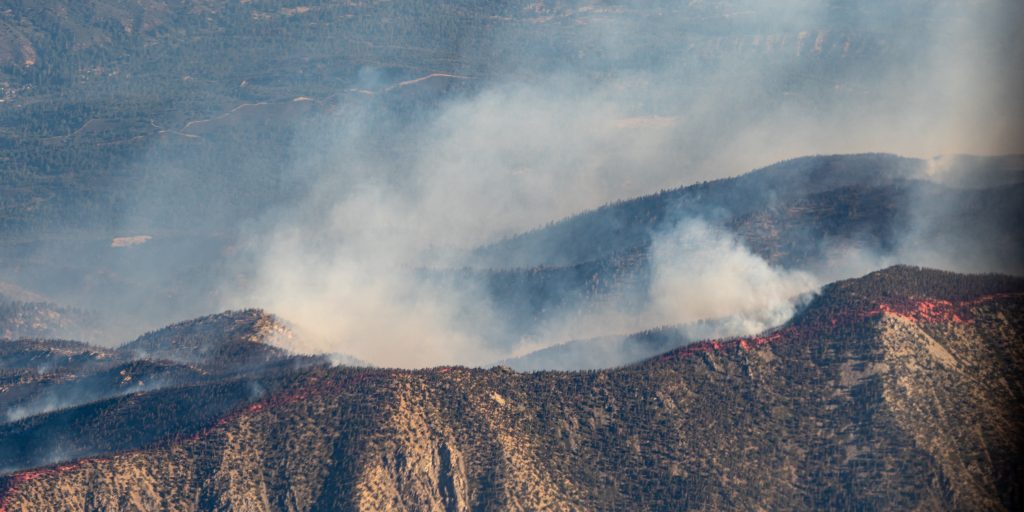Report: California’s climate gains offset by wildfire
California consistently makes headlines for its climate change mitigation efforts. But new research out of the University of Chicago’s Harris School of Public Policy and the University of California Los Angeles’ Fielding School of Public Health suggests that, despite the significant steps the state has taken to reduce its climate footprint, those advancements might be negated by increasingly severe wildfires.
“California experienced its most disastrous wildfire year on record in 2020. CalFire, the state agency responsible for leading California’s wildfire prevention and suppression, reports that 1.7 million hectares burned in 2020,” reads the introduction to “Up in smoke: California’s greenhouse gas reductions could be wiped out by 2020 wildfires,” a peer-reviewed article published in this month’s edition of the scientific journal Environmental Pollution.
Importantly, an explainer published by the Chicago university about the research notes that carbon dioxide emissions from wildfires aren’t currently counted against California’s emission goals: “if it were, the wildfires would be setting California back in meeting its climate goals, with the carbon emissions from California’s 2020 fire season alone making up 49 percent of the state’s 2030 emissions target,” the overview reads. In 2020, wildfires, the second largest emitter in the state above the energy sector, comprised about 30 percent of the state’s total greenhouse gas emissions.
“Although wildfires are a natural feature of many ecosystems in California, the increase in severe and frequent wildfire events has raised the possibility of transformed post-fire ecosystems,” said Dr. Miriam Marlier, a professor at the UCLA Fielding School and co-author, in the brief. “Even if long-term regrowth occurs, however, the carbon emissions occurring in the next 15–20 years will make it difficult to reach emission reduction targets needed to avert the increases in mean global temperature advocated by the Intergovernmental Panel on Climate Change, or IPCC.”
The report notes that, while regrowth may partly of fully occur over a long period, it won’t “occur quickly enough to avert greater than 1.5 degrees of warming.”
Along with the terrible damage to the natural environment devastating wildfires can have, there’s also a significant financial toll. Gobally, damages to the climate from wildfire stand at about $7.1 billion—including nearly $100 million in California alone. In the brief, the report’s authors argue this should be a determining factor when considering the cost/benefit of investing in wildfire protection.
“When policymakers are deciding how much to invest in wildfire prevention, it’s important for them to have a clear sense of all of the costs and benefits, and up until now, not enough attention has been paid to the climate costs,” said co-author Amir Jina, an assistant professor at the Harris School of Public Policy, in the brief. “At the same time, the climate costs associated with wildfires have often been ignored in climate policy debates in the state. This analysis clearly shows that wildfire emissions need to be a key part of climate policy if California is going to meet its emission reduction goals.”




















